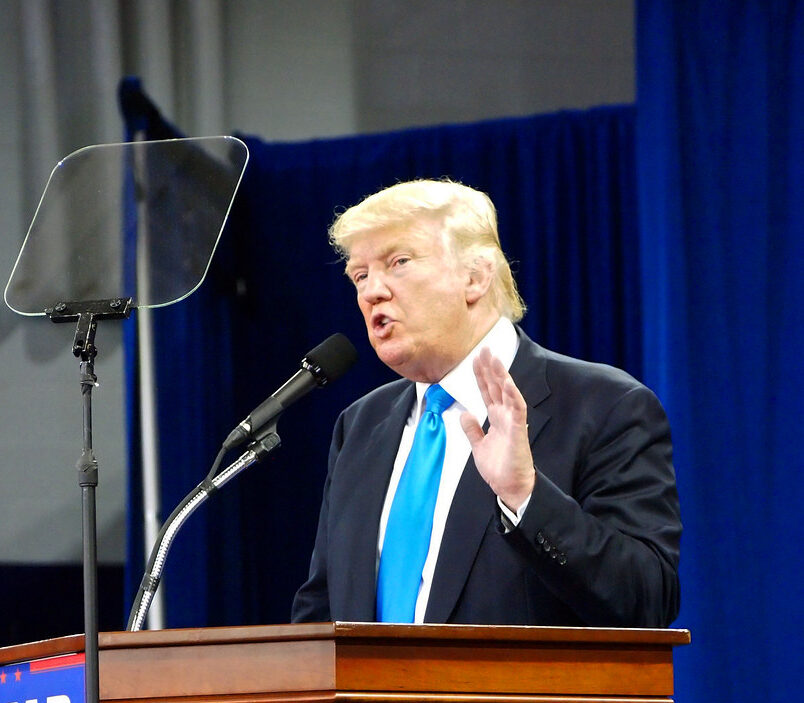Key takeaways
- Democrats won major races nationwide, wiping out Republicans in Virginia and Georgia.
- President Trump says GOP losses happened because he was not on the ballot.
- He cited unnamed “pollsters” for his claim without detail.
- Trump issued a cryptic warning as results arrived: “…AND SO IT BEGINS!”
- He focused on the New Jersey governor and New York City mayor contests.
Trump Blames Absence for GOP Losses
Tuesday night brought sweeping Democratic victories. Virginia’s entire statehouse flipped blue. New Jersey stayed in Democratic hands. Georgia saw the GOP lose statewide offices. Dozens of local and legislative races fell to Democrats. Yet on Wednesday morning, President Trump refused to take blame. Instead, he argued the GOP losses happened for one simple reason: he was not on the ballot.
Why Trump Blames His Absence on GOP Losses
According to Trump’s post on his social media platform, “TRUMP WASN’T ON THE BALLOT, AND SHUTDOWN, WERE THE TWO REASONS THAT REPUBLICANS LOST ELECTIONS TONIGHT, according to Pollsters.” He did not name the pollsters or share any data. He also did not explain what he meant by “shutdown.” Still, he insisted that GOP losses stemmed from his absence alone.
He posted that message just hours after tweeting, “…AND SO IT BEGINS!” That earlier message sounded like a warning, but he offered no context. Many wondered if he foresaw the sweeping losses or meant something else entirely.
Races at the Center of His Attention
President Trump took a strong interest in several key races. In New Jersey, he campaigned hard for the Republican candidate for governor. He used his social platform to rally supporters to Jack Ciattarelli. Despite these efforts, Ciattarelli lost by a solid margin.
In New York City, Trump turned his focus to the mayor’s race. He called the winning candidate, Zohran Mamdani, a “communist” and urged New Yorkers to back Andrew Cuomo, whom Trump once clashed with. In the end, Mamdani won, and Cuomo did not run. Trump’s criticism did not sway voters.
A Cryptic Warning in the Dark
As the results rolled in on Tuesday night, Trump posted a short, dramatic tweet: “…AND SO IT BEGINS!” Observers scrambled to interpret it. Did he mean a legal fight? A policy shift? Or was it a simple jab at the incoming officials? He left it vague.
Then, after the Democrats secured victory in state after state, Trump posted the pollster quote. He framed the GOP losses as a matter of timing—not poor strategy, messaging, or candidate quality. He dismissed any internal party problems and shifted blame outside.
Transitioning to What Comes Next
Now, Republicans face a choice. They can accept Trump’s explanation or look deeper into why voters favored Democrats. Turnout figures showed strong Democratic engagement in urban areas. Meanwhile, Republicans struggled to get their base to the polls. Experts say issues like the economy, abortion rights, and public safety influenced many voters.
If GOP leaders accept Trump’s view, they may double down on his approach and hope for his 2024 run to boost their fortunes. On the other hand, some may push for new leadership and fresh ideas. They could focus on messaging that reaches suburban and independent voters.
Lessons for Future Elections
Looking ahead, the GOP must weigh several lessons:
First, a candidate at the top of the ticket can energize a party. Yet history shows that being on the ballot is not a guarantee of success. Second, vague messaging and blame-shifting may not convince swing voters. They often seek clear plans for issues that affect their lives. Finally, local races can hinge on national moods. When public opinion leans toward one party, even strong local candidates can struggle.
In this wake of defeat, Republicans face a crossroads. They can follow Trump’s lead and hope his star power returns. Or they can build a broader coalition. Either path will shape the party’s future.
FAQs about Trump’s Take on GOP Losses
Why did Trump blame his absence for GOP losses?
He argued that Republican candidates lost because he was not on the ballot to inspire his supporters.
Who are the “pollsters” Trump mentioned?
He did not name specific pollsters or show any surveys to back up his claim.
What did Trump mean by “…AND SO IT BEGINS!”?
He offered no clear explanation, leaving people to guess at a possible legal fight or political strategy.
How might Republicans respond to these losses?
Some may rally behind Trump, while others call for new leadership and fresh policy ideas.

